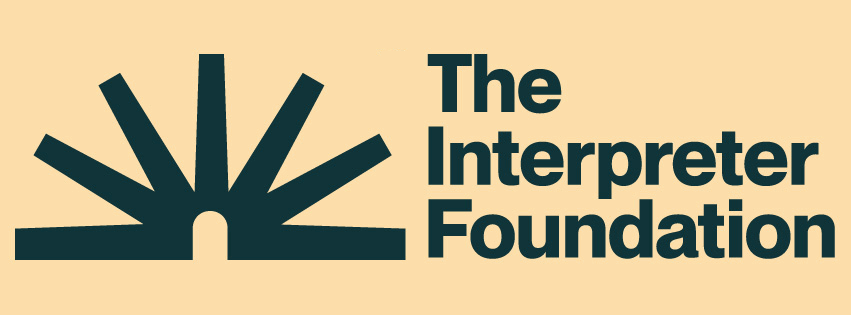Presented at
The 2022 Temple on Mount Zion Conference
Saturday, November 5, 2022
Sponsored by The Interpreter Foundation, BYU College of Humanities, and BYU Religious Education
The first two references of the veil in the Old Testament are found in the account of the Patriarchs, which specifically identify Rebekah and Tamar covering themselves in the Hebrew veil (צָעִיף), transliterated as tsaif. The phrase “to cover,” as included in the accounts of Rebekah and Tamar has been found in Sumerian, Neo-Sumerian, and Hittite texts as early as the third millennium BCE. The specific use of the term “to cover,” is likely an early idiom meaning the accepted performance of a culturally-legitimate consummation or marriage. Based on Assyrian Law Code (1550 BCE), the veil is an endowment authenticating the rights, privileges, and protections of the married woman. Based on ancient Near East context the Old Testament account of Rebekah and Tamar covering with the tsaif veil is significant to the narration as validation of their matriarchal authority.


